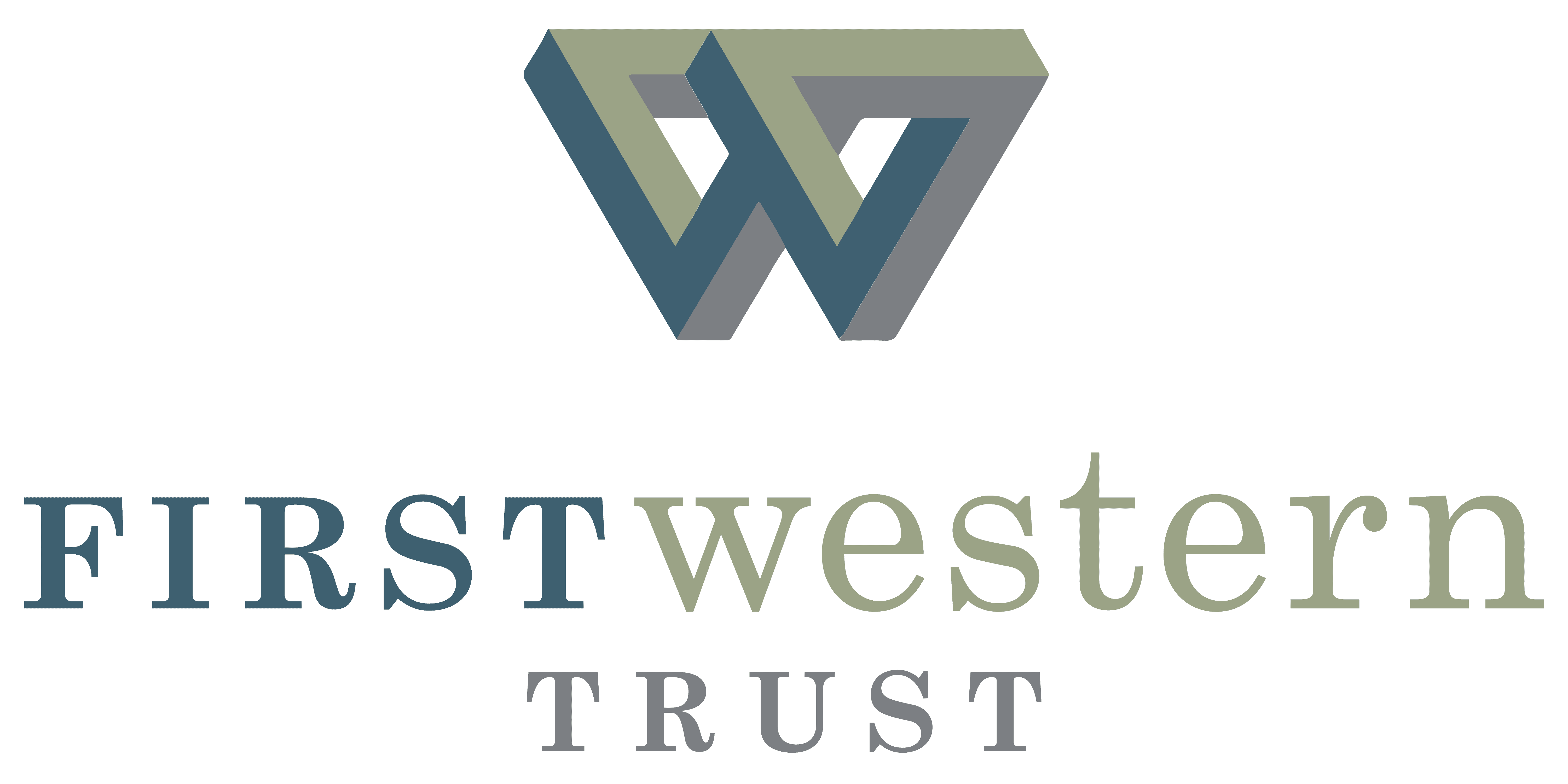
Tax-Efficient Retirement Planning: Strategies to Optimize Your Wealth in Retirement
December 24, 2024
When planning for retirement, maximizing wealth and managing tax burdens are essential to ensure your hard-earned savings work for you. By taking a tax-efficient approach—through strategies like Roth IRA conversions, thoughtful account withdrawals, and proactive Required Minimum Distribution (RMD) planning—you can create a steady income stream that preserves more of your wealth over time.
This article explores practical retirement tax strategies that sustain your income and reduce tax impacts, helping you enjoy a financially sound and fulfilling retirement.
Roth IRA Conversions: Building a Foundation for Tax-Free Income
A well-timed Roth IRA conversion is one of the most effective strategies for optimizing your wealth for retirement. Unlike traditional IRAs, Roth IRAs allow your investments to grow tax-free, and retirement withdrawal comes with no tax implications, creating a reliable tax-free income source for later years.1
Here’s how to make the most of Roth IRA conversions:
- Choose the Right Timing: Converting during low-income years, such as early retirement, can help reduce the tax impact. Spreading out conversions over multiple years helps you avoid moving into a higher tax bracket, giving you more control over your tax obligations.
- Manage Tax Brackets Strategically: Each Roth conversion increases your taxable income for the year, so keeping an eye on your current tax bracket is crucial. Converting just enough to stay within your target bracket helps you benefit from tax-free income later while minimizing the upfront tax hit.
- Enhance Legacy Planning: Unlike traditional IRAs, Roth IRAs are not subject to RMDs and allow your investments to grow tax-free for as long as you live.1 This makes Roth IRAs an excellent choice for those who wish to pass assets along, with tax benefits that extend to beneficiaries.
With strategic conversions, Roth IRAs can become a valuable part of your retirement tax strategy, giving you flexibility and tax savings that continue through retirement. Be sure to familiarize yourself with Roth IRA conversion rules and limits to effectively incorporate this strategy into your retirement planning.
Strategic Withdrawals: Optimizing Income While Minimizing Taxes
Managing withdrawals from various accounts is key to keeping taxes low while maximizing retirement income. Here’s how to structure withdrawals effectively:
- Sequence Withdrawals for Efficiency: By carefully sequencing withdrawals, you can balance your tax exposure. A common approach is to start with taxable accounts, then move to tax-deferred accounts like traditional IRAs, and finally access tax-free accounts like Roth IRAs. This approach helps maintain lower taxable income in the early years of retirement.
- Capitalize on Capital Gains Rates: When withdrawing from taxable accounts, taking advantage of favorable capital gains rates can be highly beneficial. Selling investments held for over a year qualify for lower long-term capital gains rates, allowing you to tap into your assets with a reduced tax impact.1
- Minimize Tax on Social Security: Strategic withdrawals can also help manage how much your Social Security benefits are taxable. By balancing withdrawals across tax-deferred and tax-free accounts, you can reduce the portion of benefits subject to tax, protecting more of your income.
Well-planned withdrawals provide a methodical way to preserve wealth and manage taxes, ensuring that your income is optimized year over year.
Required Minimum Distributions (RMDs): Minimizing Tax Impact
For tax-deferred accounts, RMDs can create tax challenges by significantly increasing taxable income. Starting at age 73, RMDs are mandatory for accounts like traditional IRAs and 401(k)s, so planning around them is essential. Here are some tips:
- Plan for RMDs Early: To lessen the impact of large RMDs, consider making smaller withdrawals from tax-deferred accounts before RMDs become mandatory. This helps spread the tax burden and prevents sharp increases in taxable income in later years.
- Consider Qualified Charitable Distributions (QCDs): A QCD allows you to directly transfer up to $100,000 per year from your IRA to a charity without adding to your taxable income. Not only does this fulfill your RMD requirements, but it also supports charitable causes while providing a tax benefit.
- Use Roth Conversions to Reduce Future RMDs: By converting a portion of your tax-deferred accounts to Roth IRAs before reaching RMD age, you can reduce the balance in these accounts and, therefore, lessen future RMD amounts, keeping your tax burden more manageable.
Proper RMD planning lets you balance necessary withdrawals with innovative tax management, ensuring your retirement income stays aligned with your financial goals.
Tax-Loss Harvesting: Enhancing Tax Efficiency in Retirement Accounts
Tax-loss harvesting, typically applied to investment portfolios, can be valuable for retirement tax planning.1 By selling securities at a loss to offset gains, you can lower your taxable income without reducing the value of your overall retirement savings. This technique can also reduce capital gains tax liability, helping you preserve more of your wealth.
Integrating Tax Planning into Your Retirement Strategy
To truly optimize retirement income, integrating tax planning into your broader retirement strategy is essential. Here’s how to approach this holistically:
- Annual Tax Review: Regular tax reviews allow you to adjust your strategy in response to new tax laws, income changes, or market shifts. Annual evaluations ensure you stay on track to minimize taxes year over year.
- Balancing Taxable, Tax-Deferred, and Tax-Free Accounts: Diversifying your investments across different types of accounts creates flexibility in structuring tax-efficient income.1 For example, municipal bonds offer tax-free interest and can be a strategic addition to taxable accounts.
- Consider Estate Tax Implications: Retirement strategies should consider estate tax impacts for those interested in wealth transfer. Gifting, trusts, and charitable donations can all help minimize estate taxes and preserve more wealth for future generations.
How First Western Trust Bank Can Support Your Retirement Goals
Tax-efficient retirement planning can be complex, but with the right guidance, preserving and growing your savings is achievable. At First Western Trust Bank, our advisors specialize in strategies like Roth conversions and RMD management, ensuring your retirement plan aligns with your goals.
If you’re ready to enhance your retirement with a tax-conscious approach, schedule an appointment with our team. We’re here to help you build a plan that keeps your savings working for you, providing confidence and peace of mind in this new chapter.
- Investment Services are Not a Deposit, Not guaranteed by the Bank, May Lose Value
First Western Trust Bank cannot provide tax advice. Please consult your tax advisor for guidance on how the information contained within may apply to your specific situation.













